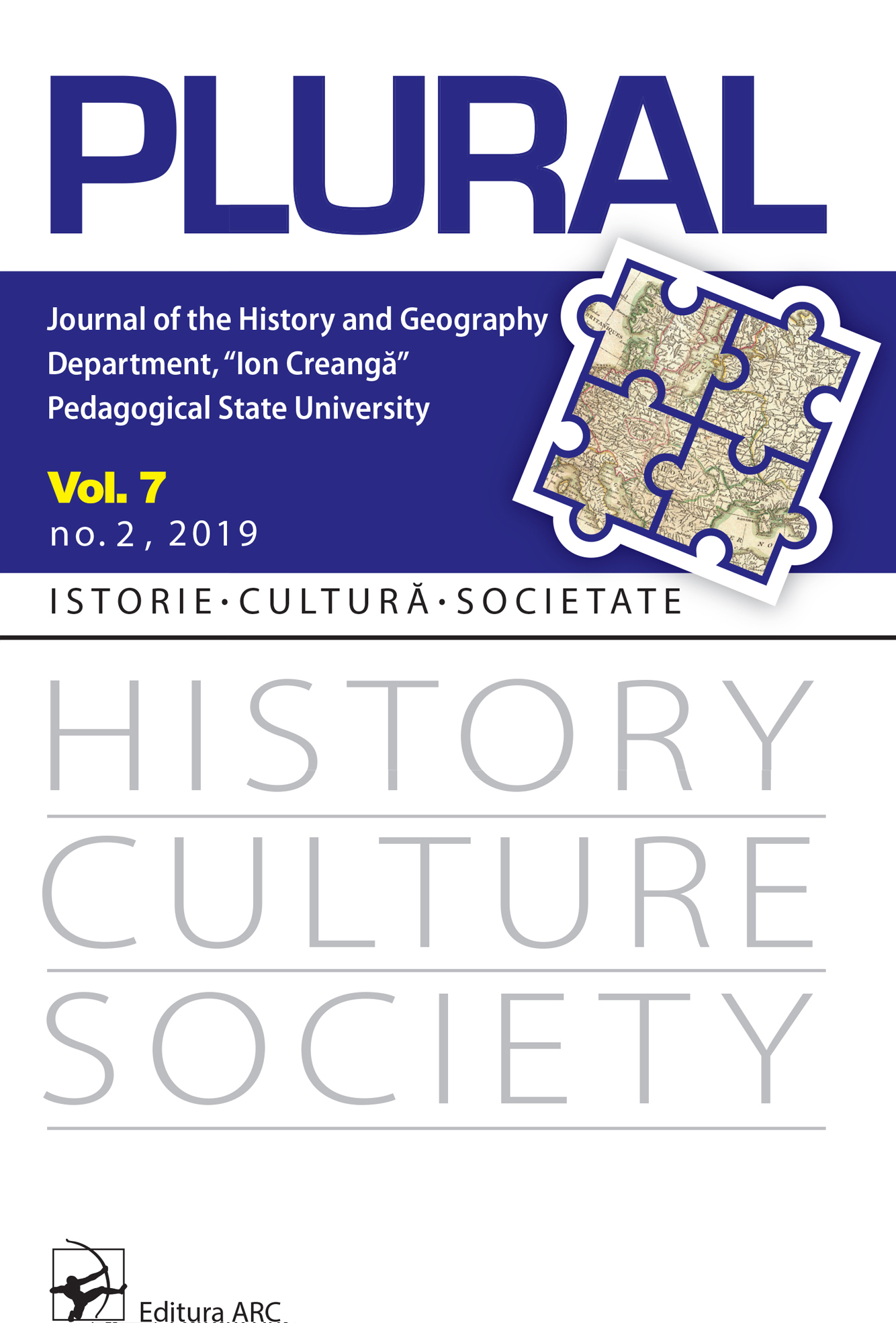Non-invasive magnetometric prospection in forested area: the case study of Mirosław site 37 in Northwestern Poland
Non-invasive magnetometric prospection in forested area: the case study of Mirosław site 37 in Northwestern Poland
Author(s): Andrzej Michałowski, Jakub Niebieszczański, Milena Teska, Patrycja KaczmarskaSubject(s): History, Archaeology, Ancient World
Published by: Facultatea de Istorie și Geografie, Universitatea Pedagogică de Stat „Ion Creangă”
Keywords: Magnetometry survey; Geomagnetics; Non-invasive prospection; forest archaeology; Wielbark culture; barrow cemetery;funeral rites;
Summary/Abstract: The following article concerns the results of a combined non-invasive and invasive fieldworks in Mirosław, site 37 (Piła county, Wielkopolska voivodeship, Northern Poland). The site is a Wielbark culture barrow cemetery located in a forested area, thus limiting it access to a variety of methods. With the usage of a single-sonde gradientometer it was possible to survey the site by the means of magnetometry. The magnetic map of the site indicated presence of eroded mound (possibly due to ploughing) with associated grave-pit as well as numerous other anomalies, including the position of a burnt structure in between the barrows. Consecutive excavations were aimed to verify the interpretation of the magnetometry survey and confirmed the presence of an denudated barrow with a grave-pit within. In the light of results, the visible anomalies seen as a specific forest type of ploughing should be treated as the main factor of the barrow destruction. Also the earthworks revealed that the anomaly interpreted as a burnt structure appeared to be a hearth. All of the excavated objects were associated with the Wielbark culture, thus indicating the potential of investigating areas between the preserved barrows, which might bear other features of funeral rites and similar activities.
- Issue Year: 7/2019
- Issue No: 2
- Page Range: 156-167
- Page Count: 12
- Language: English

